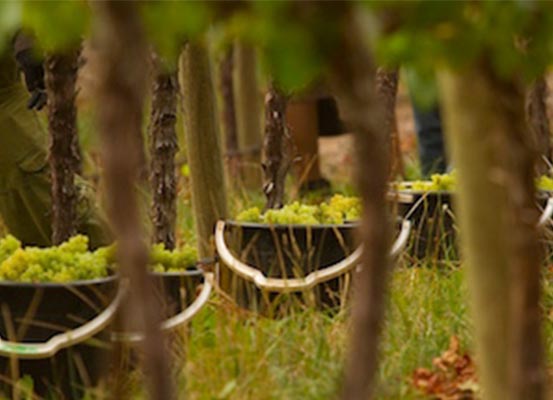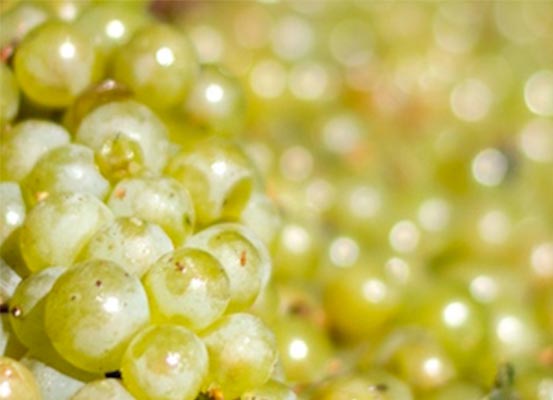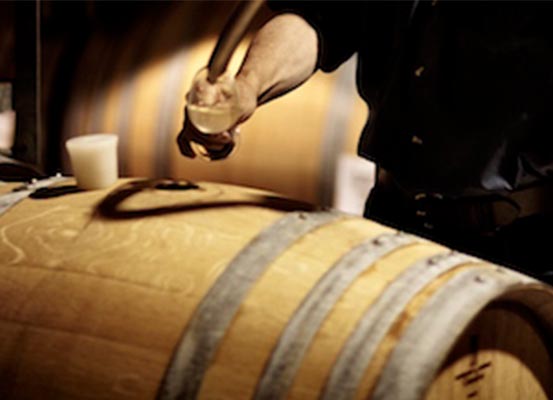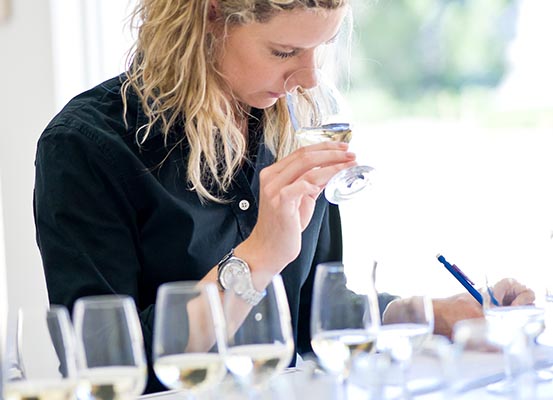The most important decision in making wine is when to pick the grapes, as this lays the foundation of the style and flavour of the wine. Once optimum ripeness and flavour have been reached, it's time to harvest.
In white winemaking, Wolf Blass aims to preserve fresh fruit aromas and flavours, so it's critical to get the juice from the berry quickly and gently. The harvest method selected is based on the desired wine style.
Hand picking is gentler and the grapes remain whole, helping minimise tannin pick-up from the skins, seeds and stalks. Machine harvesting is much faster and may be done during the cool of the night. As the grapes break open, it allows for flavour pick-up from the skins, desirable for certain wine styles.



